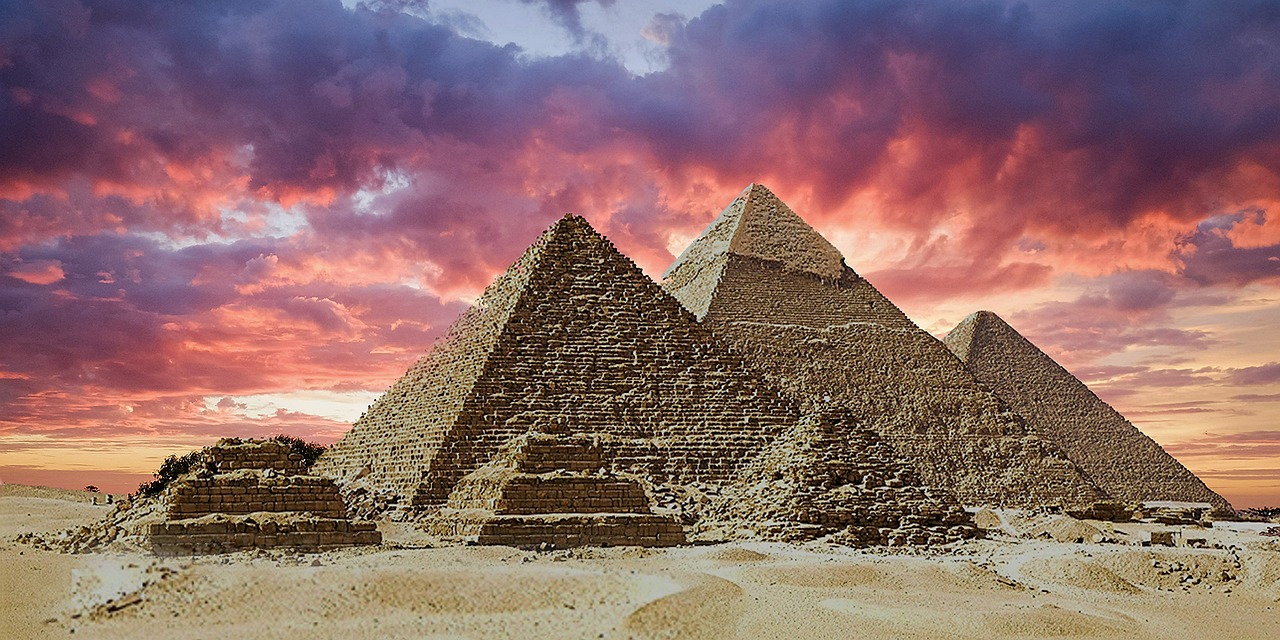Mythology
-

The ancient religion of Egypt refers to the indigenous beliefs held in ancient Egypt from the early predynastic era, approximately the 4th millennium BCE, until the gradual disappearance of these traditional practices in the first centuries CE. To gain a comprehensive understanding, one should consult the historical context of Egypt. Nature and Importance of Egyptian…
-

The Bennu Bird: Symbol of Creation and Renewal in Egyptian Mythology Overview The Bennu bird, a pivotal entity in Egyptian mythology, is often said to have had a central role in the act of creation itself. This avian figure is associated with the sun god Ra and embodies themes of rebirth and creation. Its emergence…
-

Ancient Egyptian religion encompasses the indigenous spiritual practices and beliefs that evolved from the predynastic era (around the 4th millennium BCE) until the decline of traditional practices in the early centuries CE. For insights into historical contexts and specific timelines, refer to studies on the history of Egypt. Nature and Significance of Egyptian Religion In…
-

The Complexity and Legacy of Venus: Goddess of Love Venus embodies the essence of adult love, characterized by impulsiveness, passion, and even jealousy. Her personality traits vary so widely that she often seems to be a collection of different characters across various myths. This variation aptly reflects the multifaceted nature of both Venus and, more…
-

Ceres, revered as the goddess of agriculture and harvest in Roman mythology, wielded great influence over crop abundance and fertility. She was both a nurturer and a punisher: her blessings ensured bountiful harvests, while her anger could lead to famine or droughts. Often portrayed as a matronly figure, Ceres was typically associated with symbols such…
-
Creating this project regarding Flidais turned out to be more challenging than expected, as I faced significant frustration and discovered there is limited information available about her. After extensive searching through books, academic papers, and online resources, I’ve managed to compile some key points regarding Flidais: Flidais is an ancient Irish goddess associated with forests…
-
Nephthys: The Guardian Goddess of Ancient Egypt Nephthys, one of the prominent deities in ancient Egyptian mythology, emerged from the union of Geb, the earth, and Nut, the sky. She was the fourth child in a divine lineage that included her siblings Osiris, Isis, and Set, making her the elder sister of Horus the Elder.…
-

A labyrinth is a complex system of passageways and hidden paths, originally referenced by ancient Greeks and Romans to describe structures—small or vast—often located underground, designed to confound anyone trying to exit. During the European Renaissance period, the concept evolved into elaborate garden designs featuring maze-like paths bordered by towering hedges. Pliny the Elder documented…
-

Thank you to everyone who connected with their favorite mythological figures—it was a delight to receive such enthusiasm! I chose to explore the very first character suggested to me, a figure who holds a special place in my heart: Chiron, the wise centaur who guided many heroes. It’s essential to note that myths exist in…
-

The Journey of Tang Seng: A Historical Perspective The legendary tale of Tang Seng, originating from the ancient Chinese novel Xi You Ji (Pilgrimage to the West), has captivated audiences in China for generations. This narrative is grounded in the life of the celebrated monk Xuanzang (602-664), who made significant contributions to Buddhism and its…


